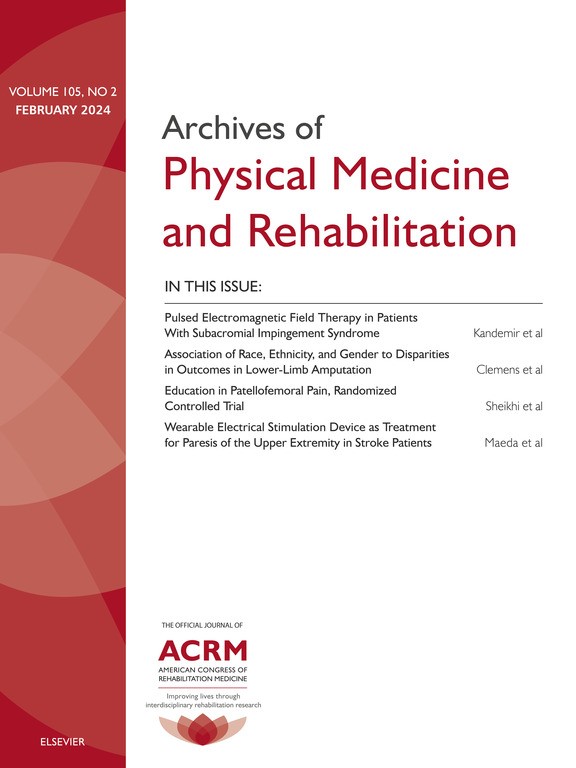
Knee OA: What effects do NSAIDs and glucosamine have during strength-training

Knee OA: What effects do NSAIDs and glucosamine have during strength-training
Nonsteroidal anti-inflammatory drug or glucosamine reduced pain and improved muscle strength with resistance training in a randomized controlled trial of knee osteoarthritis patients
Arch Phys Med Rehabil. 2011 Aug;92(8):1185-93. doi: 10.1016/j.apmr.2011.03.009Did you know you're eligible to earn 0.5 CME credits for reading this report? Click Here
Synopsis
36 patients with knee osteoarthritis (OA) were randomized to undergo a 12-week strength-training program combined with glucosamine, or the nonsteroidal anti-inflammatory drug (NSAID), ibuprofen, or a placebo, to measure their effects of NSAID and glucosamine on skeletal muscle strength and muscle mass. Following assessments over a 12 week period, the results displayed that muscle strength increase...
To view the full content, login to your account,
or start your 30-day FREE Trial today.
FREE TRIAL
LOGIN
Forgot Password?
Explore some of our unlocked ACE Reports below!

Learn about our AI Driven
High Impact Search Feature
Our AI driven High Impact metric calculates the impact an article will have by considering both the publishing journal and the content of the article itself. Built using the latest advances in natural language processing, OE High Impact predicts an article’s future number of citations better than impact factor alone.
Continue



 LOGIN
LOGIN

Join the Conversation
Please Login or Join to leave comments.